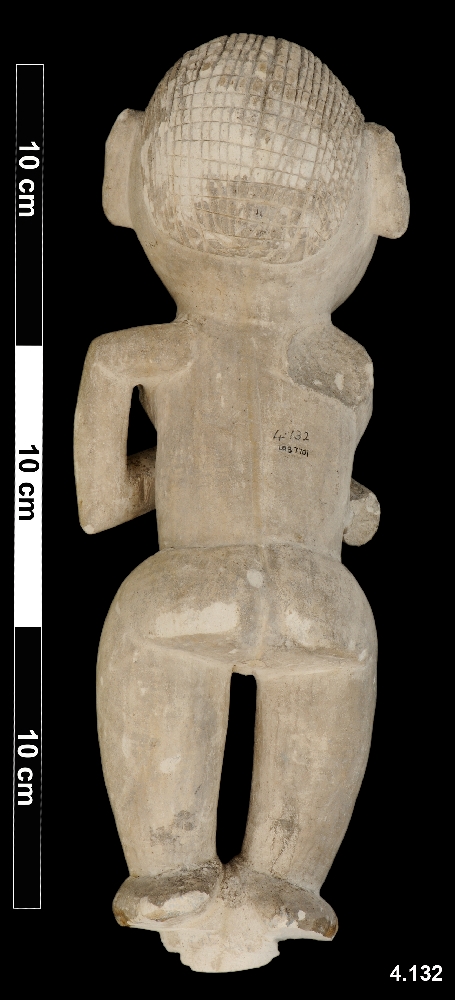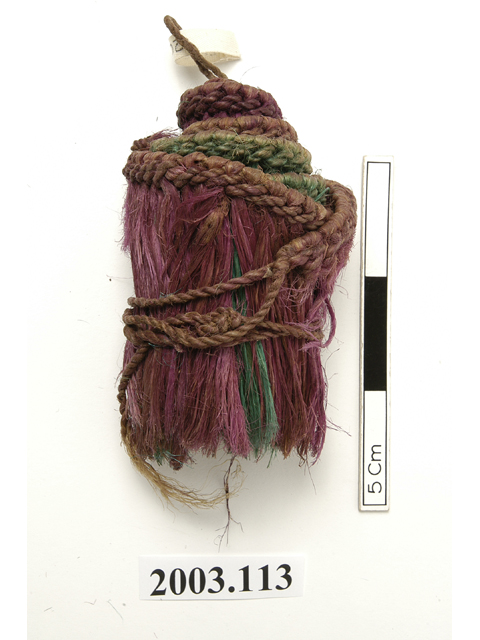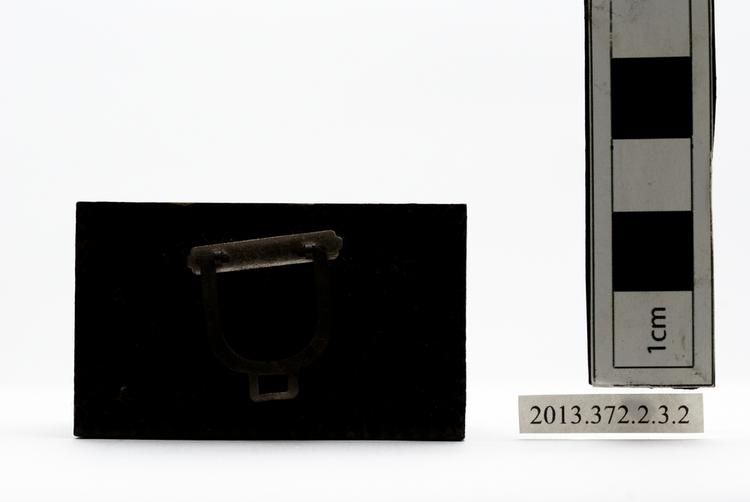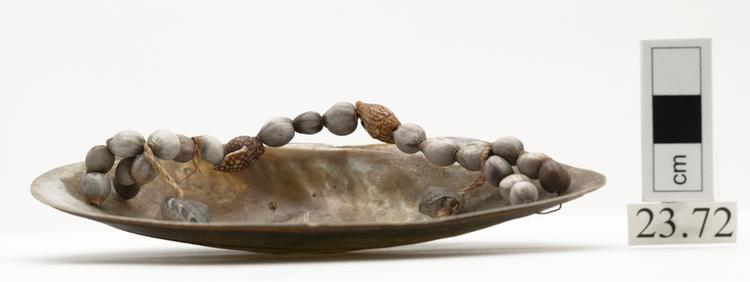
Chalk-limestone ancestral female figure, made in the southern highlands of New Ireland but used in the southern lowlands. Such figures were set up in shrines to commemorate deceased women.
Female Commemorative Figure, Kulap, Punam people, New Ireland, Papua New Guinea. This female figurative sculpture was carved from limestone by a carver of the Punam people, who live in the Rossel Mountains in the southern interior of New Ireland. Known as kulap, these sculptures were only made by the Punam for export to their neighbours; their neighbours acquired these important objects only from the Punam, and never carved them themselves. How this situation arose is now lost in the prehistory of New Ireland. Kulap were used by the lowlanders as commemorative mortuary images – a female image being acquired for a mourned female, and a male image for a male. These were displayed alongside the images of other recently deceased people in small mortuary houses, which were concealed behind high fences. Only male relatives were permitted to see inside the fences. The figures were understood to draw the spirit of the deceased person to them, and thereby prevent the spirit from causing misfortune to the village’s living population. After a short while, the image was secretly removed from the mortuary house by one of the deceased’s male relatives, and either destroyed or discarded at some distance from the village. It is perhaps likely that Punam limestone carvings were formerly used by them in the same way as their neighbours, and became a fashionable substitute for wooden sculptures that were formerly made by their neighbours; this is quite possible, as the use of kulap in southern New Ireland has several parallels with the use of wooden malagan carvings in the northern parts of the same island. Limestone. Late 19th Century. Formerly in the private collection of Mr W.D. Webster.

































































































































































































































































































































































































































































































































